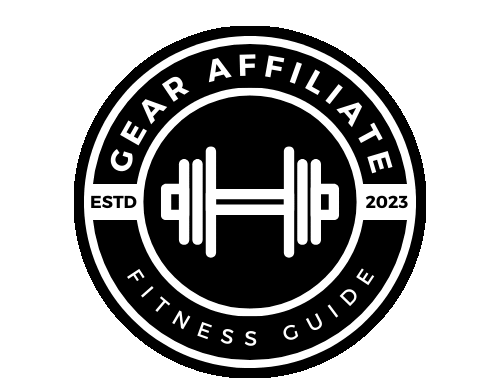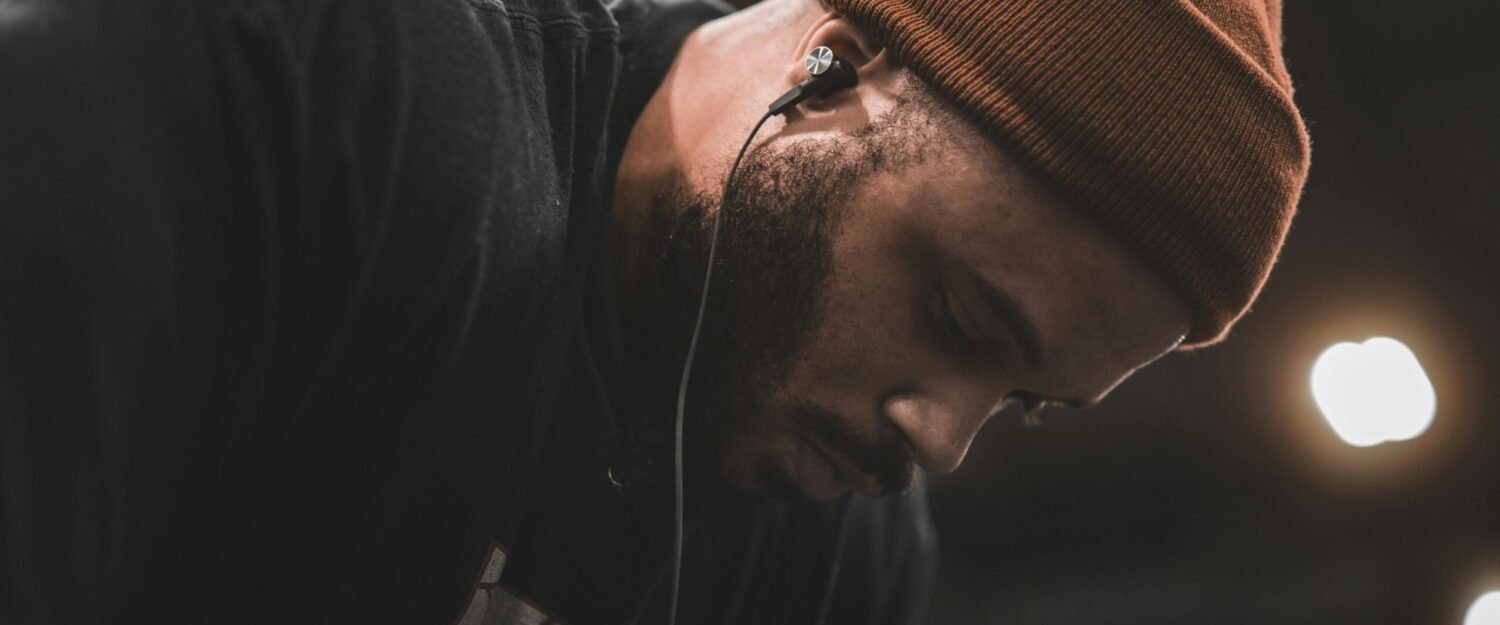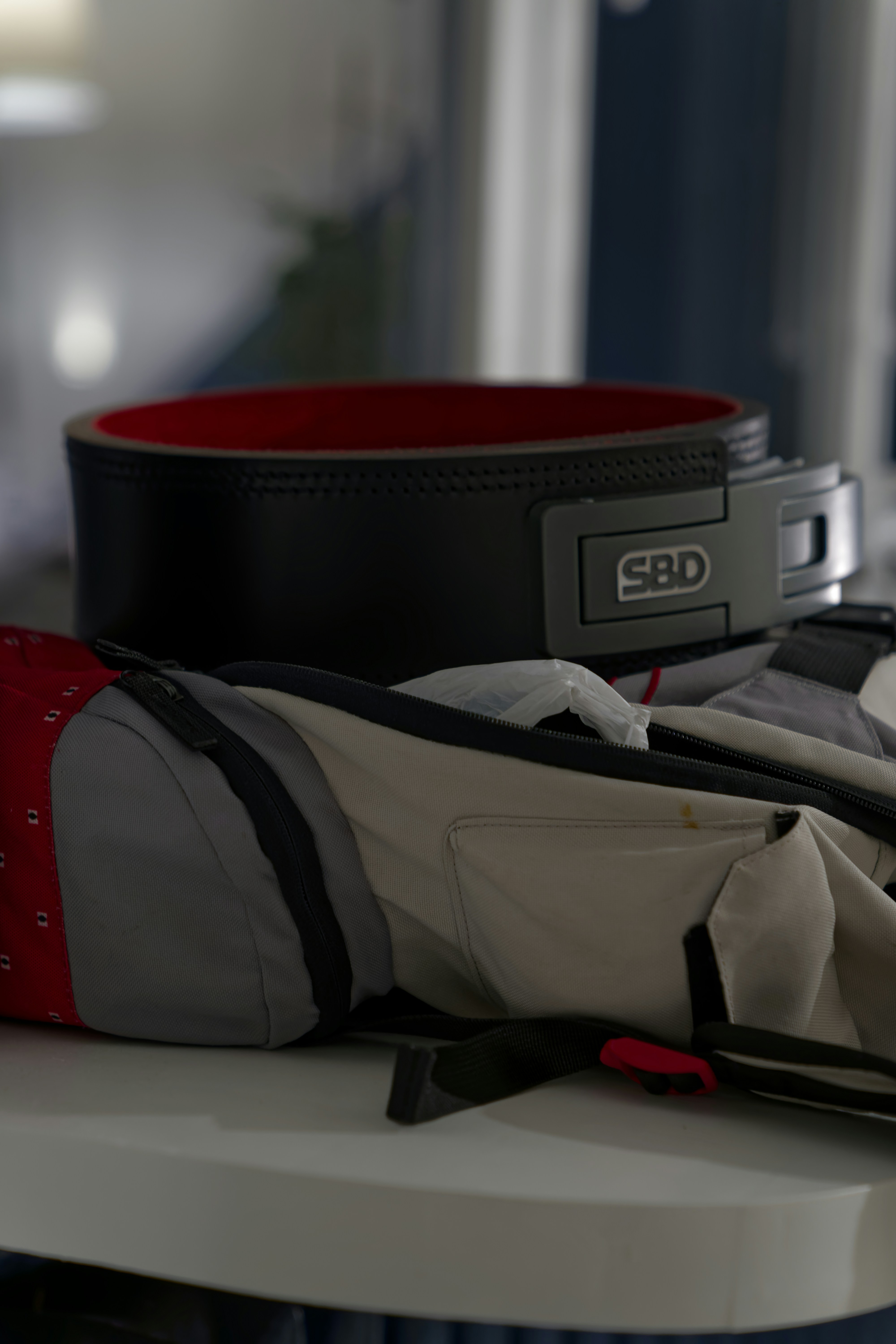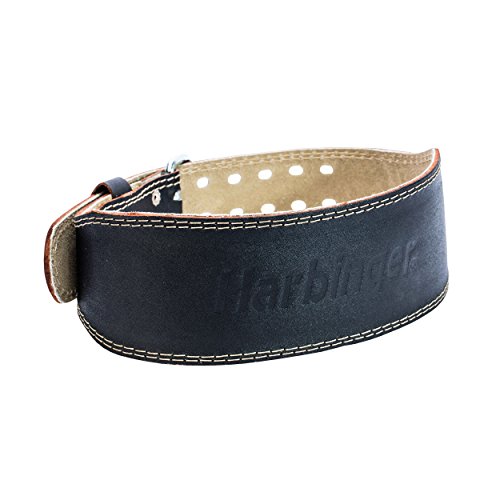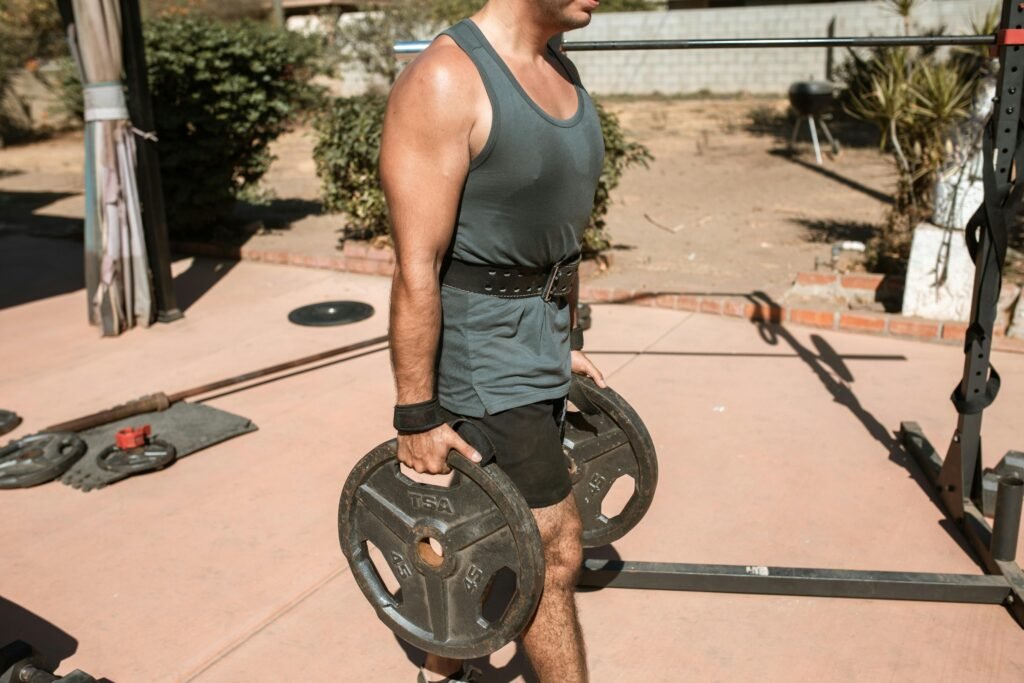
A Guide To The Best Weightlifting Belts
May 2025 Rankings
Why Weightlifting Belts Matter for Weightlifting
If you’re serious about strength training, especially heavy squats or deadlifts, a weightlifting belt isn’t just a nice-to-have—it can be a game-changer. These belts help stabilize your spine and core by increasing intra-abdominal pressure, essentially turning your midsection into a rock-solid support system. This translates into better posture, more efficient lifting mechanics, and a reduced risk of injury.
Think of it like armor for your lower back during maximal lifts. When used correctly, belts not only protect but also allow you to lift heavier with greater control.
When Should You Use a Weightlifting Belt?
Belts are best used when the load gets heavy enough to challenge your spinal stability—usually around 80% or more of your one-rep max. For beginners, it’s better to focus first on building raw core strength before relying on external support. But once your form is solid and the weights climb, a belt can help you go further—safely.
You don’t need a belt for every lift. Use it strategically—during compound movements like:
- Squats
- Deadlifts
- Overhead presses
- Heavy barbell rows
How to Choose the Right Weightlifting Belt
There’s no one-size-fits-all when it comes to lifting belts. Here’s what to consider:
1. Material: Leather vs. Nylon
- Leather belts: Rigid, durable, and best for maximal lifts. They mold to your torso over time.
- Nylon belts: More flexible and comfortable, great for CrossFit or dynamic movement training.
2. Width and Thickness
- Most powerlifters opt for 4-inch width for even back and abdominal support.
- Thickness ranges:
- 10mm: Great all-around support for most lifters.
- 13mm: Extremely stiff—ideal for elite-level strength athletes.
3. Buckle Style
- Lever belts: Fast to tighten and release. Great for consistent fit.
- Single prong: Offers adjustability with solid support.
- Double prong: Extra secure, but can be harder to adjust quickly.
4. Comfort & Fit
A proper fit means snug, but not suffocating. You should be able to take a deep belly breath and feel pressure all the way around. Try it out during bracing drills or warm-up sets.
Top 3 Weightlifting Belts for Powerlifting and Weightlifting (May 2025 Reviews)
1. Dark Iron Fitness Weight Lifting Belt – Best Overall for Durability
Dark Iron Fitness Weight Lifting Belt
Dark Iron Fitness Weight Lifting Belt for Powerlifting Deadlift Training, Premium Leather for Core Support Gym Strength Workout
Dark Iron Fitness Weight Lifting Belt – Best Overall for Durability
Why It Stands Out:
The Dark Iron Fitness Weight Lifting Belt is crafted from 100% genuine leather, providing exceptional durability and support for serious lifters. Its robust construction ensures long-term use without compromising comfort.
Features:
- Material: 100% genuine leather
- Width: 4 inches
- Closure: Double-prong stainless steel buckle
- Adjustability: 12 adjustment holes spaced 1 inch apart
- Design: Non-staining, comfortable, and flexible
Best For:
Intermediate to advanced powerlifters seeking a reliable belt that offers both durability and comfort during heavy lifts.
Downsides:
- May require a brief break-in period
- Slightly heavier compared to nylon alternatives
Value & Pricing:
Priced around $60.50, the Dark Iron Fitness Weight Lifting Belt offers excellent value for its quality and longevity. It’s an investment in both performance and safety.
2. Inzer Forever Lever Belt – Most Secure Lever-Style Fit
Inzer Advance Designs Forever Lever Belt
Inzer Advance Designs Forever Lever Belt 10MM (Make Sure to Check the Size, Sometimes it can be hard to find)
Why It Stands Out:
This is the belt you see on elite powerlifters. With a super stiff 13mm build, the Inzer Forever Belt offers unmatched support. Its lever design makes locking in your core fast and consistent, every time.
Features:
- Available in 10mm or 13mm thickness
- Heavy-duty lever mechanism
- Suede-lined interior for comfort
- Lifetime guarantee
Best For:
Advanced lifters and competitors lifting near or above 90% 1RM regularly.
Downsides:
- Lever must be unscrewed to adjust
- May be too stiff for beginners or smaller lifters
Value & Pricing:
Typically priced between $120–$140, depending on thickness and color customization.
3. Harbinger 5-Inch Padded Weightlifting Belt – Best for Beginners
Harbinger Padded Leather Contoured Weightlifting Belt
Harbinger Padded Leather Contoured Weightlifting Belt – 4″ or 6” Width – Interior Suede Lining & Foam Cushioning – Heavy-Duty Dual Prong Steel Roller Buckle – for Lifting Support
Why It Stands Out:
The Harbinger padded belt is beginner-friendly, budget-friendly, and easy to use. It doesn’t offer the same stiffness as leather options, but it provides enough core support for novice lifters and general fitness enthusiasts.
Features:
- 5-inch wide foam core
- Contoured design with flexible fit
- Hook-and-loop closure
- Lightweight and portable
Best For:
New lifters looking to improve form and safety during moderate lifting sessions.
Downsides:
- Not suitable for max-effort lifts
- Less lifespan than other leather belts
Value & Pricing:
Usually $25–$35—an affordable entry point into belted lifting.
Final Thoughts: Which Belt Should You Choose?
Choosing the best weightlifting belt comes down to your training level, goals, and budget:
- Beginner? Go with the Harbinger. It’s easy to wear, adjust, and learn with.
- Intermediate and climbing the ladder? The Rogue Ohio delivers durability, support, and long-term comfort.
- Advanced and chasing big numbers? The Inzer Forever Belt gives you the stiffness and security needed under serious loads. (Make sure you double check the size before you purchase)
No matter where you’re at in your lifting journey, remember this: a belt won’t fix bad form—but it can help you brace better, move safer, and unlock new levels of strength. Check out our post on when you should use weight liftiong belt and when you should avoid it.
If you found this post to be helpful, then you may be interested in the rest of our blog page here.
